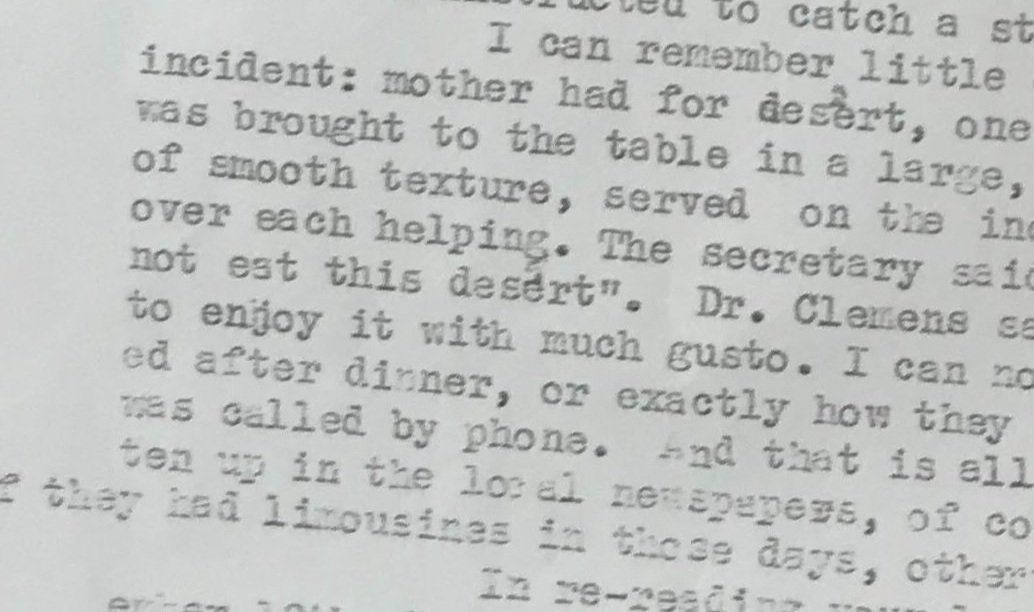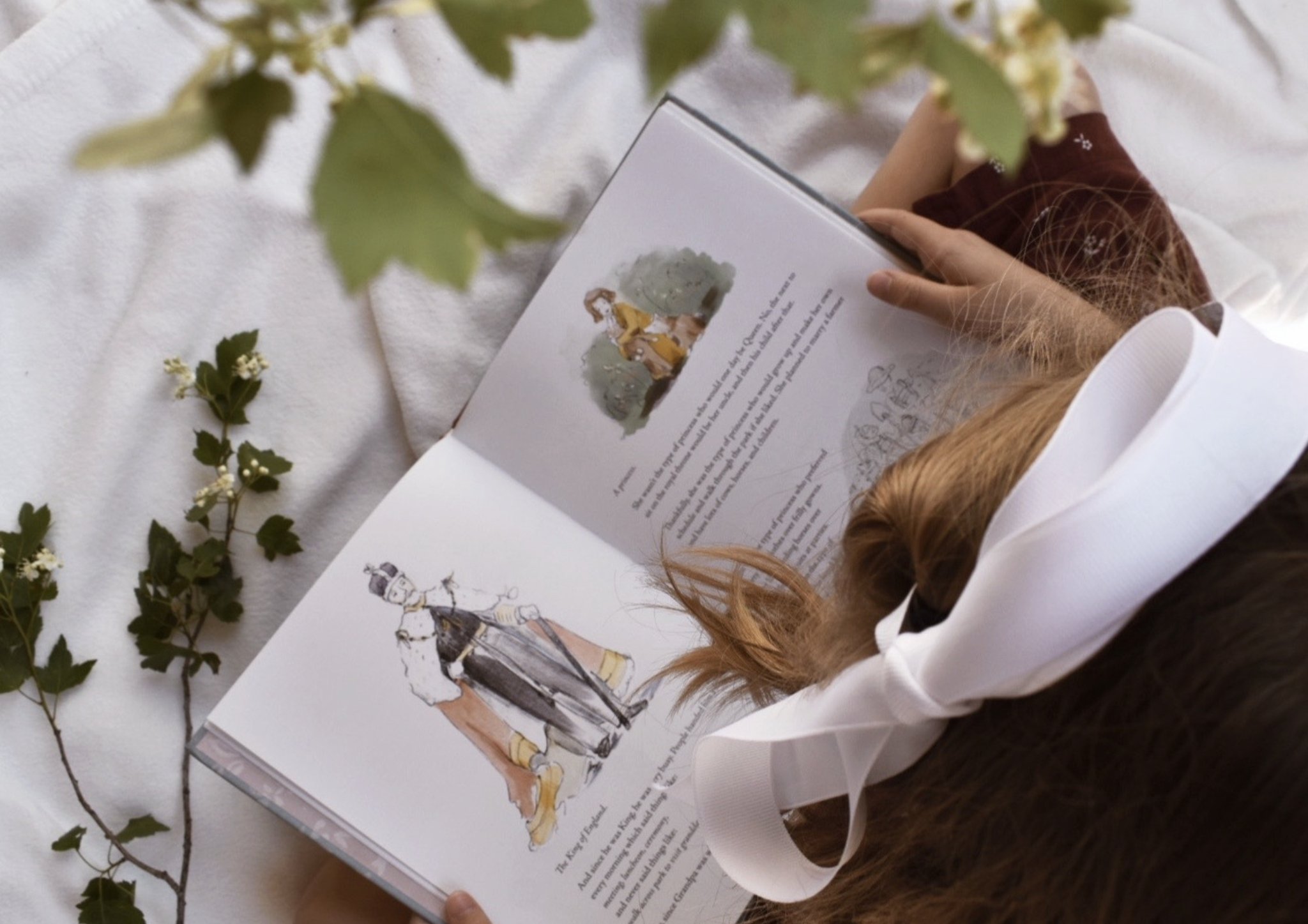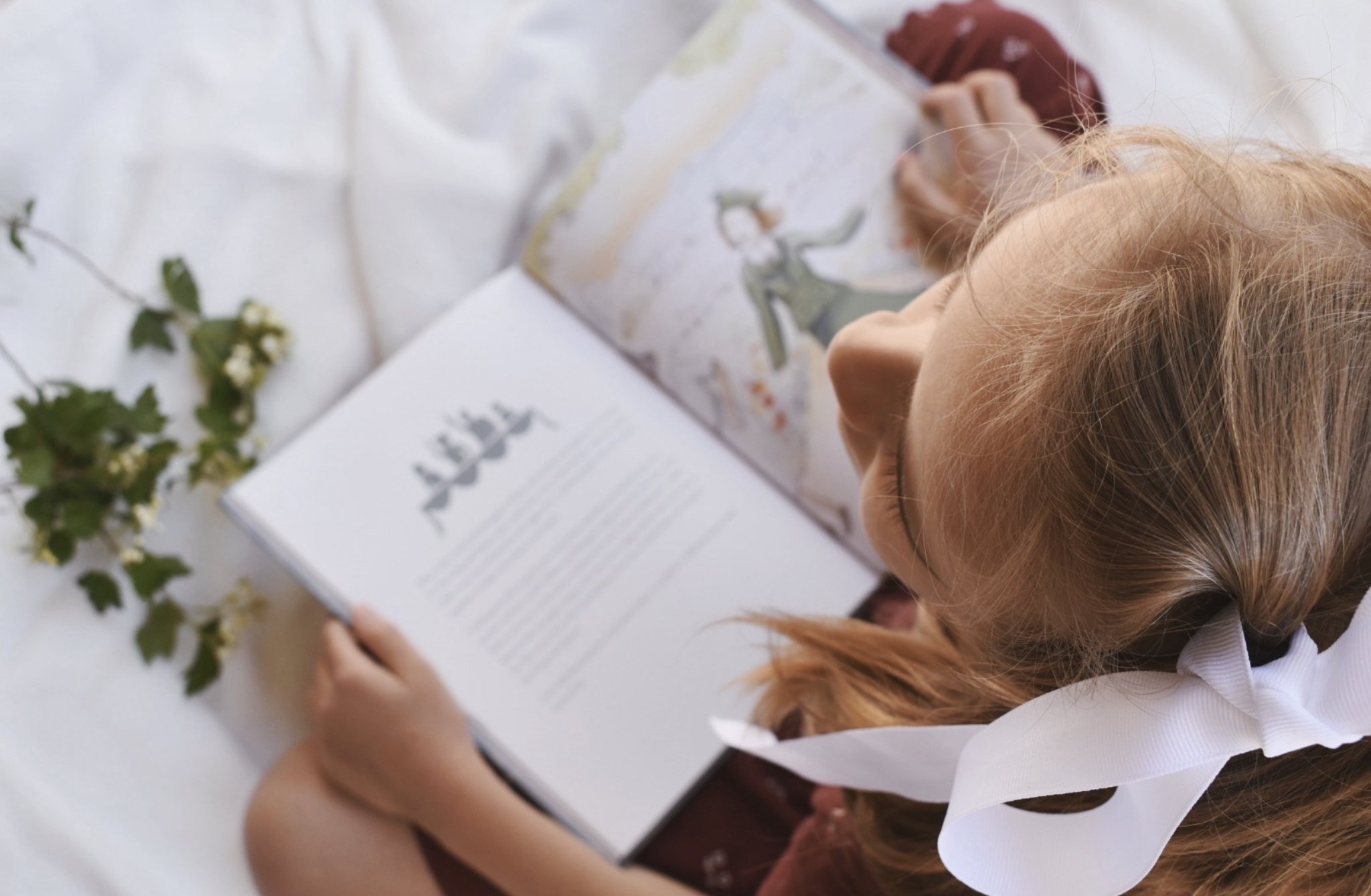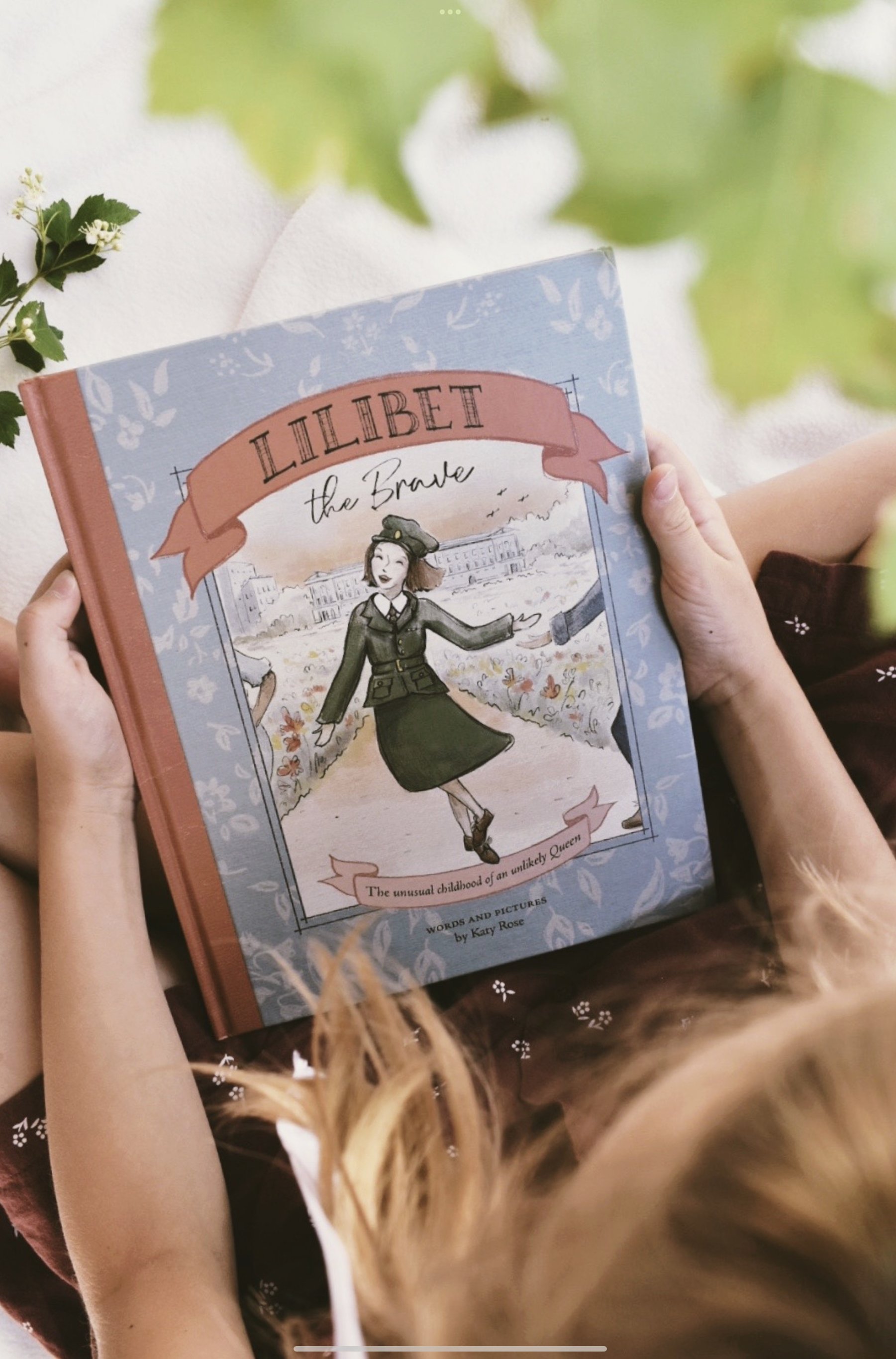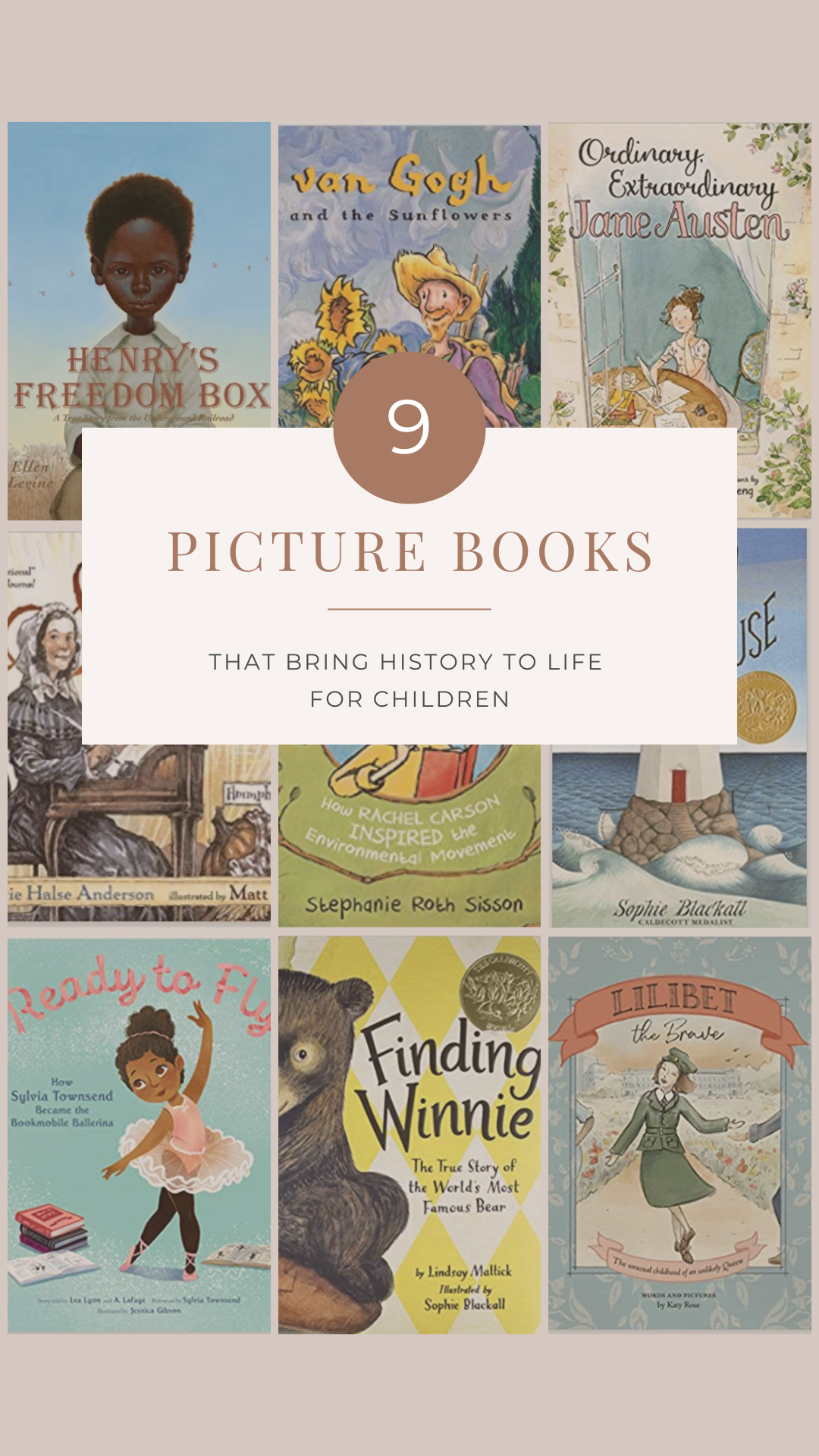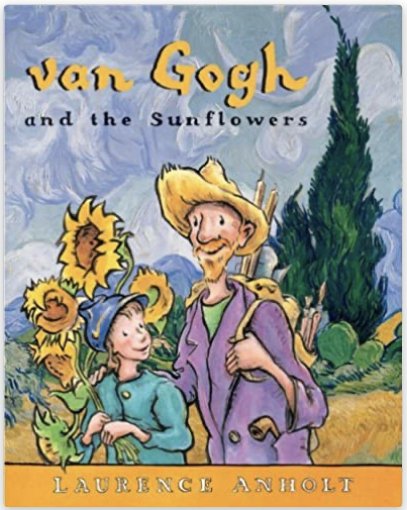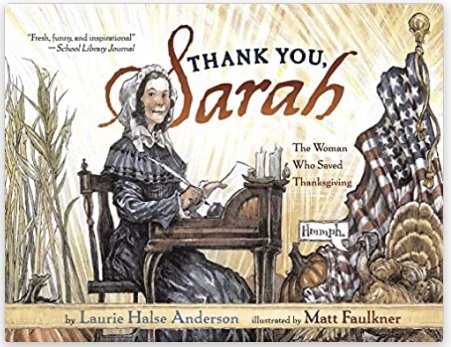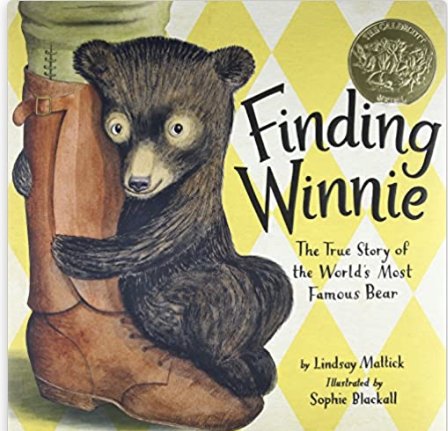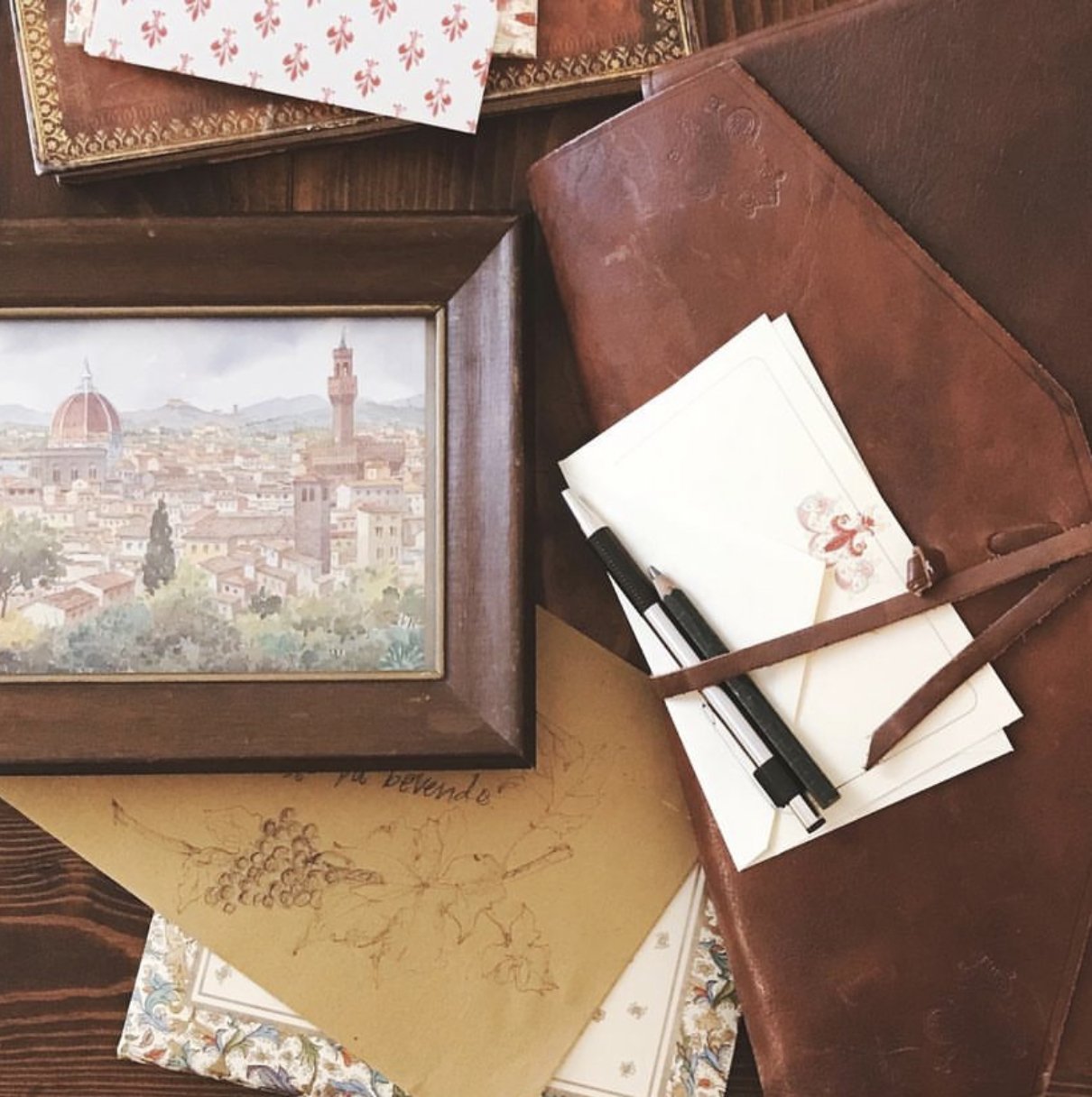
Katy Rose Collection: Art, Words
When Mark Twain Came for Lunch
Mark Twain came to my family's house for a last-minute Sunday lunch. I was unfortunately absent, not due to be born for 74 more years, but I have seen his thank-you letter and heard the story. It goes like this:
Mark Twain, or Samuel Clemens, by now in his 70’s, was visiting my family’s Virginia town, accompanied by his secretary who was “a rather pompous old chap.” They attended Sunday morning church and when my great-great-grandfather saw them after the service, standing outside admiring the old gothic edifice of the building, he introduced himself and asked Mr. Twain to come join the family for lunch at their house. His secretary interrupted saying Mr. Twain had a prior engagement but Mr. Twain interrupted him saying, “I am going to lunch with this man.”
Mr. Twain joined my family in their buggy and told the secretary to find his way there on the streetcar.
The lady of the house, Mother, was at home already, I suppose not accompanying her family to church, and so her husband stopped to call her from his nearby office to casually ask her to set an extra place for Mark Twain.
So that afternoon, three generations of my family gathered around the table as they always did on Sundays, this time with their honored guest (and secretary).
As the story is recounted in old type-writer font by one of those present, Mother brought in one of her famous desserts, Snow Pudding, which was a light fluffy mixture with custard poured on top. The secretary immediately informed her that Mr. Clemens could not eat that dessert, and “Mr. Clemens said, ‘I will eat it if it kills me,’ and proceeded to enjoy it with much gusto.”
Mr. Twain’s subsequent letter mentions another item from lunch he liked very much, corn pones. These were something like a pancake made of corn meal which he apparently went home and replicated, teaching his cook to do so as well.
My relatives were about my age now. Their children around the table were my children’s age. I’d like to be so hospitable as to welcome Mark Twain for a last-minute lunch, so prepared with Snow Pudding, but I’m just now sure how I would have taken that call from my husband.
WHY ARE STORIES FROM HISTORY IMPORTANT FOR CHILDREN?
STUDIES SHOW…
I read a fascinating study once in which researchers developed a test for children called “Do You Know?”
It was reported that one of the single highest predictors of children’s health and happiness was linked to how much a child knew about their family story. They had a vision for obstacles that had been overcome, and how parents and grandparents lived before them. They felt connected to the people around them. The stories provided a sense of control within their own narrative.
Additionally, in order to share those stories, time was given to those children, a commodity deeply valuable in child development.
Similarly, this topic of historical knowledge has been studied on a broader level with entire societies. Those with no sense of their history or links to the past lack commonality and shared direction for the future.
Handing stories down to children, whether it’s from our own family history or broader history, might be compared to handing a compass or a lantern to the next generation.
In her great little book, Do Story, Bobette Buster compares passing down stories to children to passing on a baton in a relay.
She says it’s handing them a “visual template of what to expect, a map of the wilderness...a psychological preparation for life’s inevitable struggles.”
Traditionally, in many cultures each generation was psychologically prepared for their future this way, she says. By hearing the stories of their elders told around campfires and such, stories were passed down, handed down, and written down. The stories helped them know that they would not only be ready to survive but thrive amidst life’s adversities. Stories carry the flame from one generation to the next.
The Bible is full of encouragement to remember God’s faithfulness, to remember all he has done in the past. Tell the stories to the next generations of how He carried His people through. The prophets in the Old Testament reminded the people how God parted the Red Sea, how He brought them out of slavery. The Psalms recount His faithfulness. His people laid out memorial stones to remember the stories.
Remembering can be an act of worship
In my own life, I’ve felt this to be deeply true. In my seasons of deepest struggle, daily time in scripture has guided my way. And after that, the most helpful self-help books have been true stories from history. Accounts of those who have walked not perfectly, but with perseverance. Their stories have buoyed me in my own sinking moments. Stories of Corrie ten Boom, Darlene Diebler Rose, Gladys Alyward, and my own family members – not perfect people, but people who, in their faithfulness and service to others, pointed me to a perfect God.
PASSING ON A STORY OF BRAVERY
I’ve told about how one such story from Queen Elizabeth II’s life spoke to me deeply during a dark season, inspiring my children’s book, Lilibet the Brave.
To me, it feels like such a beautiful honor we have to share stories with children, the good and the bad, to add to the tool kit we’re packing for them as they walk into their own futures.
Today marks the one-year anniversary of Queen Elizabeth II’s death. With each year that passes, the new generations will know less as characters fade into history. I hope this is one little story of hope and bravery that you might pass on to your own children. Grab a copy here, then cuddle up to read with your kids, giving them treasured time and the gift of history.
9 Picture Books That Bring History To Life
For over a decade I’ve been reading books to my children, and in the top tier of those I’ve loved have been picture book biographies. Whether you homeschool or just love cuddling up for read-aloud time with your kids, here are nine recommendations for picture books that bring history to life.
Please note, this particular list primarily touches on American and Western European history, and very small slices of history at that. But each book sparks interest to pursue further exploration! I could make about ten more lists of historically-based books we love, and perhaps I will!
The below images and descriptions are drawn from the Amazon pages, to which each book is linked.
Henry’s Freedom Box
by Ellen Levine
Henry dreams of a world where his life belongs to him. But when his family is sold, he risks everything for what he knows is right. With the strength and conviction of the best kind of hero, Henry makes a harrowing journey in a wooden crate - and mails himself to freedom!
Camille and the Sunflowers
by Laurence Anholt
A lovely book about artist, Vincent van Gogh from the series, Anholt's Artists Books for Children. Where Camille lived, the sunflowers grew so high they looked like real suns. One day a man arrived in Camille's town. Camille meets the man, and they become friends. This man is the painter named Vincent van Gogh.
Ordinary, Extraordinary Jane Austen
by Deborah Hopkinson
A gorgeous and inspiring picture book biography of Jane Austen, one of the most beloved writers of all time, from award-winning author Deborah Hopkinson. This nonfiction picture book is an excellent choice to share during homeschooling, in particular for children ages 4 to 6. It’s a fun way to learn to read and as a supplement for activity books for children.
Lilibet the Brave
by Katy Rose
Sweet and sheltered Princess Lilibet finds herself swirling in uncertainty and fear when war breaks out! As she navigates her new reality, longing to be brave (always with an animal by her side), she discovers something about bravery which, in turn, helps shape her historic reign as Queen. This picture book, the first of its kind, brings the historical events of both World War II and the Queen’s childhood to life in an engaging, heartfelt way that will both educate and inspire.
Thank you, Sarah
by Laurie Halse Anderson
Thanksgiving might have started with a jubilant feast on Plymouth's shore. But by the 1800s America's observance was waning. None of the presidents nor Congress sought to revive the holiday. And so one invincible "lady editor" name Sarah Hale took it upon herself to rewrite the recipe for Thanksgiving as we know it today.
Spring After Spring
by Stephanie Roth Sisson
As a child, Rachel Carson lived by the rhythms of the natural world. Spring after spring, year after year, she observed how all living things are connected. And as an adult, Rachel watched and listened as the natural world she loved so much began to fall silent. Spring After Spring traces Rachel’s journey as scientist and writer, courageously speaking truth to an often hostile world through her book, and ultimately paving the way for the modern environmental movement.
Hello Lighthouse
by Sophie Blackall
Watch the days and seasons pass as the wind blows, the fog rolls in, and icebergs drift by. Outside, there is water all around. Inside, the daily life of a lighthouse keeper and his family unfolds as the keeper boils water for tea, lights the lamp's wick, and writes every detail in his logbook.
Ready to Fly
by Lyon and LaFaye
Although there aren’t many ballet schools that will accept a girl like Sylvia in the 1950s, her local bookmobile provides another possibility. A librarian helps Sylvia find a book about ballet and the determined seven-year-old, with the help of her new books, starts teaching herself the basics of classical ballet.
Soon Sylvia learns how to fly—how to dance—and how to dare to dream.
Finding Winnie
by Lindsay Mattick
In 1914, Harry Colebourn, a veterinarian on his way to tend horses in World War I, followed his heart and rescued a baby bear. He named her Winnie, after his hometown of Winnipeg, and he took the bear to war.
Harry Colebourn's real-life great-granddaughter tells the true story of a remarkable friendship and an even more remarkable journey--from the fields of Canada to a convoy across the ocean to an army base in England...
And finally to the London Zoo, where Winnie made another new friend: a real boy named Christopher Robin.
Affiliate links for Amazon included in this post.





